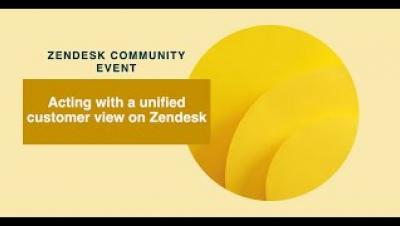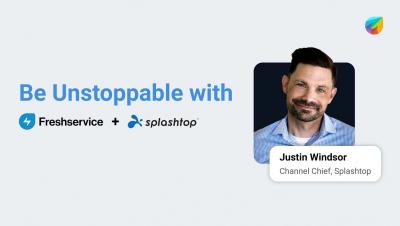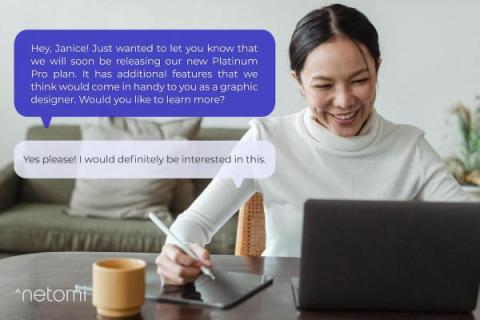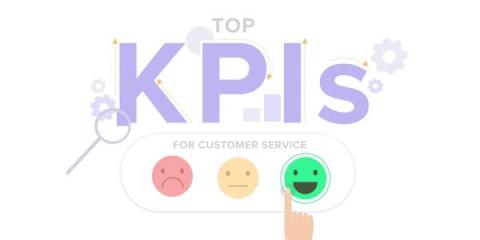Teams | Collaboration | Customer Service | Project Management
Customer Service
The role of customer service during an economic downturn
Current headlines predict a global recession on almost a daily basis, leaving us to wonder whether and when it will finally arrive – and if it does, how deep the recession will be and how long it will last. It’s unsettling but we’re no strangers to uncertainty. If anything, we’ve learned over the past few years that we should both expect and prepare for change. After all, many things are still in a state of flux.
Drive revenue during an economic downturn
CEOs are getting nervous. According to a quarterly survey of business leaders conducted by the Conference Board, 98% of US-based CEOs say they are preparing for an economic recession over the next 12 to 18 months. European leaders are even more fearful – 99% believe a recession is imminent. “CEOs are now preparing for near-inevitable recessions in both the US and Europe”, Roger W. Ferguson, Jr., Vice Chairman of the Business Council and Trustee of the Conference Board said.
Ensure Critical Resources Reach Distributed Workforce | Be Unstoppable with Freshservice + Splashtop
Stay agile and innovative but keep expenses in check
Interest rates are rising, the housing market is slowing and according to the Consumer Price Index report released on 12 October, inflation is increasing at the fastest rate in 40 years in the US. Prices for everything excluding food and energy climbed 6.6% over the year up to the end of September. With the ongoing war in Ukraine and rising energy costs, the economic picture across the world is just a bleak.
ITSM Integration: Alignment of Services & Applications
The concept (if not yet the realization) of a single view into the enterprise has existed for some time. In the realm of ITSM, thought-leaders at AXELOS envisioned how systems across an enterprise can integrate to provide comprehensive visibility into virtually all data that touches any part of the Customer Journey.
Driving cost savings through operational improvement
Don’t panic. That’s generally good advice—but when business leaders are facing one of the worst economic downturns in more than a decade, it’s not particularly easy guidance to heed. With inflation hitting a 40-year high, companies like Amazon, FedEx, and Meta are in the unfamiliar position of tightening their belts. Yet crisis breeds opportunity.
5 top reasons why retailers need an endless aisle solution now
Today’s shoppers insist on immediacy. They use their phones to get anything they want instantly. When it comes to shopping, a customer walks into a store and expects an item to be waiting for them on the shelf or immediately available through buy online, pickup in-store (BOPIS). What does this mean for retailers that want to stay ahead of consumer trends? Let’s take a closer look at what an endless aisle is and what it means for the retail world.
Tackling the Sprawling SaaS Landscape with a Robust CX Strategy
Preview in new tab In today’s digital-first world, and an era of remote and hybrid workplaces, the number of SaaS solutions used by companies on a daily basis is overwhelming – in 2021, organizations worldwide were using an average of 110 SaaS apps! The “SaaS sprawl” created by the widespread adoption of SaaS solutions – from personal productivity tools to business applications – is real.
Customer Service KPI Metrics: Everything You Need to Know in 2023, Explained
Key Performance Indicators (KPIs) are a special set of metrics that help determine whether business is going in the right or wrong direction. At first glance, it seems that customer service KPI scores take a backseat to traditional business KPIs, like profits, costs and regional sales. However, key customer support metrics may paint a more complete picture of success for the long-term viability of a business.











